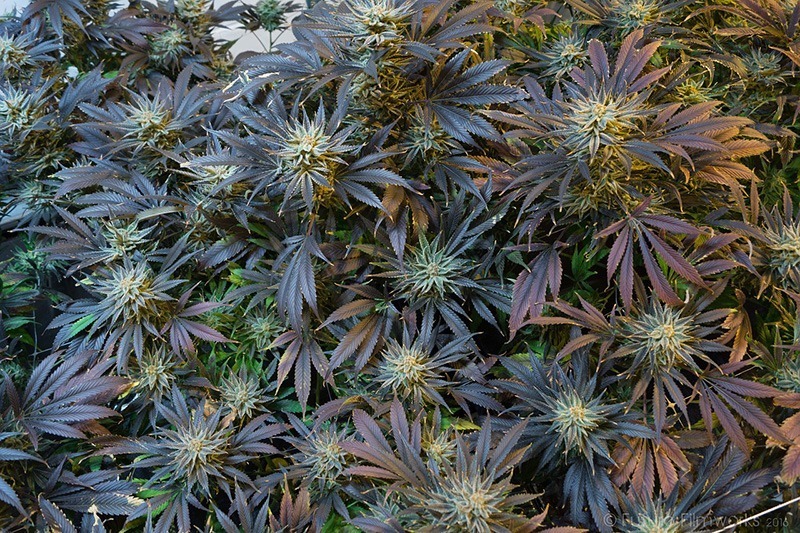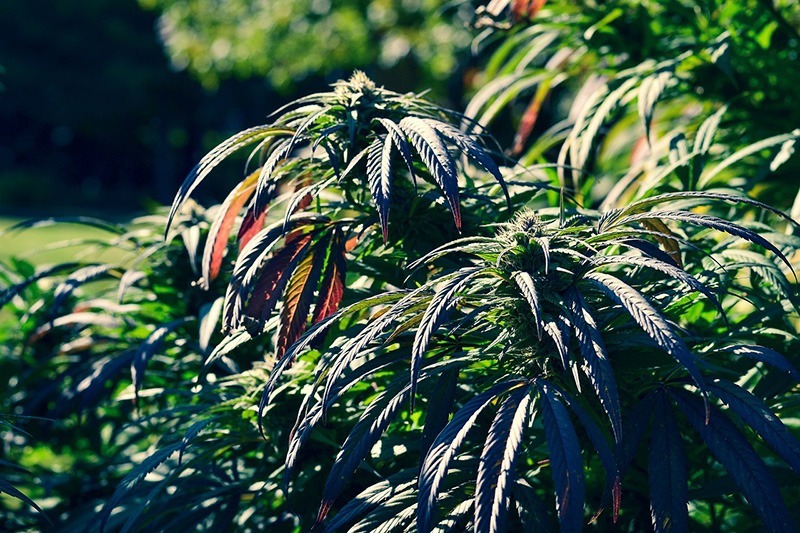Table of Contents
Phenotypes and Genotypes – Several terms are used in the marijuana cultivation world to refer to your plant’s basic requirements and are critical to comprehend from the start,. Also, others are optional, but they will eventually become significant. This is the case with “genotype” and “phenotype .”Although not mandatory for the novice grower, learning about genotype and phenotype is crucial when it comes to developing a better understanding of cannabis strains and why each plant—even those of the same strain—can be slightly different from the others.
An Overview of Phenotypes and Genotypes
Genetics and environment are two variables that determine how every cannabis plant grows. The plant’s genotype, or genetic content, determines the kind of growth. The genotype enables the plant to display a variety of different growth potentials. However, the precise indoor environment that you supply (or the outdoor circumstances for outdoor growers) permits a specific sort of feature to show and prevail.
Additionally, the phenotype is the physical manifestation of a genotype. This refers to the characteristics that the environment extracts from the plant’s DNA. As a result, the environment can influence plant features such as color, shape, scent, and resin production. Also, this cannabis genetics article will explain how the marijuana plant and subsequent phenotypes evolved from landrace strains to current cannabis genetics.
The Difference between Genotypes and Phenotypes
Plants and animals evolved using the same underlying evolutionary mechanism. The genotype is a genetic code found in the DNA of every living thing. Cannabis plants of the same genotype do not all look the same. This is because growth circumstances and the surroundings influence plant appearance. Similarly, not all cannabis plants with a comparable exterior look have the same genotype.
The genotype (genetic code) contains the key genetic information that will influence the cannabis plant’s subsequent development and appearance. The genotype is not a fixed set of genetic instructions the cannabis plant must follow at all costs. It is more accurate to consider the genotype to be the fundamental genetic limit that determines a range of possibilities. The plant’s growth environment determines whether specific elements of the genotype are available for utilization.
Why is Phenotype used to Describe Marijuana Strains?
Cannabis developed organically before human interference, adapting to the unique climatic and environmental circumstances it met. Indica strains evolved to harsher, colder environments and thrived in hilly areas, producing short, stocky plants. These plants developed large leaves and blossomed more quickly than Sativa. Sativa strains suited to tropical rainforest settings by natural selection produced tall plants with narrow leaves.
It became obvious when cannabis breeders crossed these strains that the new hybrid seeds produced a variety of phenotypes and genotypes. Furthermore, having a diverse range of phenotypes in the growing environment greatly benefits cannabis growers. The cultivar offers a variety of flavors, smells, and highs. Many growers (particularly large-scale commercial producers) emphasize a crop of near-identical plants and prefer to employ clones rather than seeds.
Why do Marijuana Seeds in the Same Environment Develop into Different Plants
Even though identical seeds are grown in the same conditions, each plant can still come out differently. No matter how inbred the seeds get, each one will retain its own genotype since they are still living organisms. Consider human beings or people. Apart from identical twins, siblings can have a wide variety of similarities. Some siblings are easily identified, while others appear to be completely different. Conversely, most twins have unique personalities. Since cannabis is far more inbred than human siblings, the differences will likely be much less pronounced with properly bred cannabis. However, because no two cannabis seeds are genetically similar, each has its unique genotype.
Understanding Pheno-Hunting
While determining which strains to grow and cross, cannabis producers and breeders pay particular attention to their phenotypes. The “pheno hunting” method allows one to swiftly filter through a large amount of genetic data to uncover features that suit their preferences and evolving scenario. The approach includes sowing a range of different strains (or many seeds from the same strain), growing them out, cloning them, and looking for essential features.
Pheno hunting allows you to test and try a large number of genotypes at the same time. Conversely, other growers prefer to pheno hunt by starting with seeds from the same mother plant. This approach enables them to identify the best phenos within a restricted range of variability in order to zero in on the greatest qualities a certain strain has to offer.
The basics of cultivating marijuana with the desired traits
Pheno-hunting is not for inexperienced growers; instead, they should obtain seeds from a reputable breeder and concentrate on providing the best growing environment possible. A good genotype combined with the correct climate will result in exceptionally high-quality cannabis plants.
Lower temperatures will enhance the coloration of your plants. Humidity, sunlight, growth material, training procedures, and nutrition are all important environmental aspects to consider. Beginners should generally concentrate on providing the greatest surroundings for their plants and practicing appropriate growth procedures. Only modify the environment to find a certain pheno once you’ve learned the laws you’re violating!
If you’ve visited any cannabis breeder’s or seed bank’s website, you’ve definitely seen the enormous variety of cannabis seeds for sale. Each of them is a carefully bred and selected genotype. In reality, each seed represents a distinct genotype. When grown, each plant will have a unique phenotypic expression, even if they are extremely similar.
Further Reading:
50 States, So Where is Cannabis Legal in the United States?
Is Growing Cannabis In Ohio Legal?
How Is Good Commercial Cannabis Grown?







